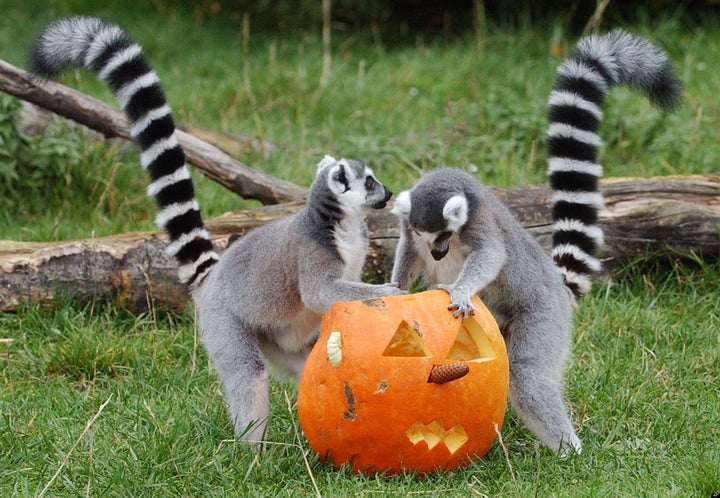
Ohio Gov. Ted Strickland issued a sweeping executive order today banning private citizens from acquiring certain dangerous wild animals as pets and requiring current owners to register the animals and microchip them. The new rule prohibits exotic animal owners who have previously had their local, state, or federal licenses revoked from holding onto such animals, so we expect this to mean that notorious animal owner Sam Mazzola will not be able to keep his menagerie of big cats and bears. One of Mazzola's bears killed 24-year-old Brent Kendra in Lorain County in August 2010.
Prior to today's order, Ohio was one of about 10 states with virtually no rules on private ownership of dangerous exotics, and it now leapfrogs just about all of the states with these comprehensive new standards to protect animal welfare and public health and safety.
iStockphoto
It's a fulfillment of one of the eight points in the landmark animal welfare agreement The Humane Society of the United States negotiated last summer with Gov. Strickland and the leaders of eight agriculture commodity organizations in Ohio, including the Ohio Farm Bureau Federation.
I passed the word on to Deirdre Herbert about the issuance of the rule this morning and she was elated. She is the mother of Brent Kendra, whose death came less than two months after we negotiated the agreement.
Deirdre gave us the following statement: "I want to sincerely thank Governor Ted Strickland for signing the executive order banning exotic animal ownership by private citizens in the state of Ohio. I believe that this valuable executive order will not only prevent other families from suffering the tragedy and loss as my family has experienced, but is also a humane act towards these majestic animals."
There is just no reason for people to keep large predators as pets. There's almost always a bad outcome, especially for the animals, who either languish in cages or on chains, often with their teeth or claws removed in an effort to make them less dangerous, or are relinquished to someone else or released illegally into the wild. Animal sanctuaries, including those run by The HSUS, spend millions a year cleaning up the messes of the people who make the impulsive and irrational decisions to acquire a dangerous wild animal as a pet.
And as Brett Kendra's terrible fate makes plain, the potential costs to humans are also of the very worst order. In recent years, several children and adults have been injured or killed by exotic animals being kept as pets in Ohio, including a 10-year-old girl bitten by a mountain lion in 2009, a man killed by his pet python in 2006, and a boy losing part of his finger to a caged bear in 2006.
I should add that the Ohio Livestock Care Standards Board has also been considering the five agriculture reforms called for in the June 30 agreement. One of the farm animal welfare provisions had been enacted (humane euthanasia standards), and we hope to see the board enact the remaining four provisions (banning the transport or sale of downer cows, phasing out veal crates and gestation crates, and barring new battery cage facilities from being established in the state) before the end of the month.
The Legislature started its work this week, and we expect to see anti-cockfighting and anti-puppy mill legislation introduced. Those are the final two elements of the agreement, and we'll keep you updated.
But today, there's cause for celebration with this tremendously important new rule to protect wild animals and the public.
This post originally appeared on Pacelle's blog, A Humane Nation.
